News
Media Contact
Hunt Companies, inc.
Carolyn Baker
Senior Vice President –
Corporate Communications
carolyn.baker@huntcompanies.com
15910 Ventura Blvd #1100,
Encino, CA 91436
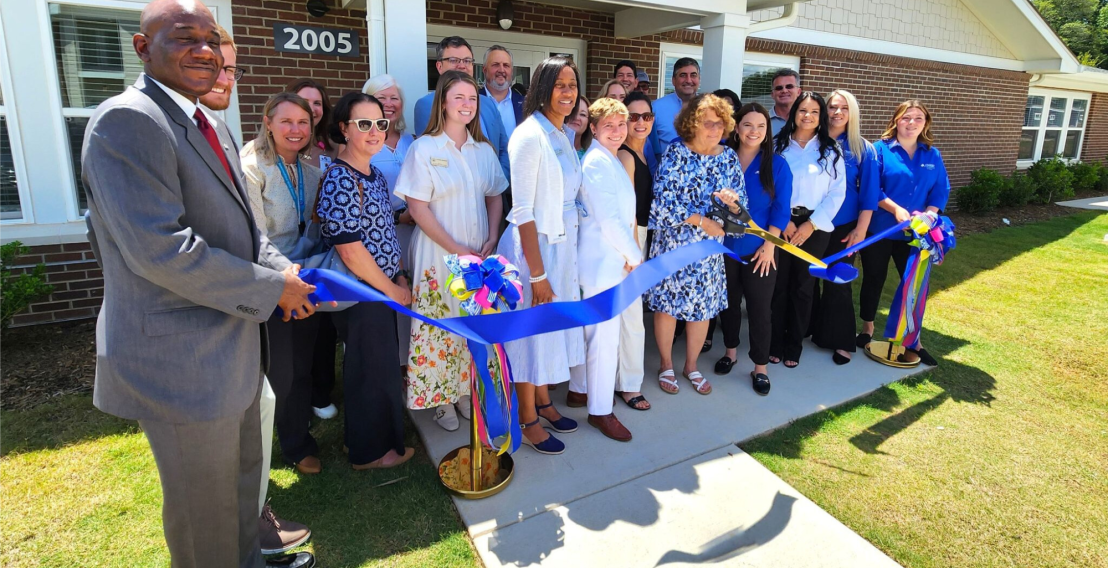
June 25, 2025
Grand Opening of Fairhaven Place: 200 Affordable Homes in Gastonia, North Carolina
The project stands as one of the largest investments in the county's history, directly addressing the urgent need for safe, quality, and affordable housing options.
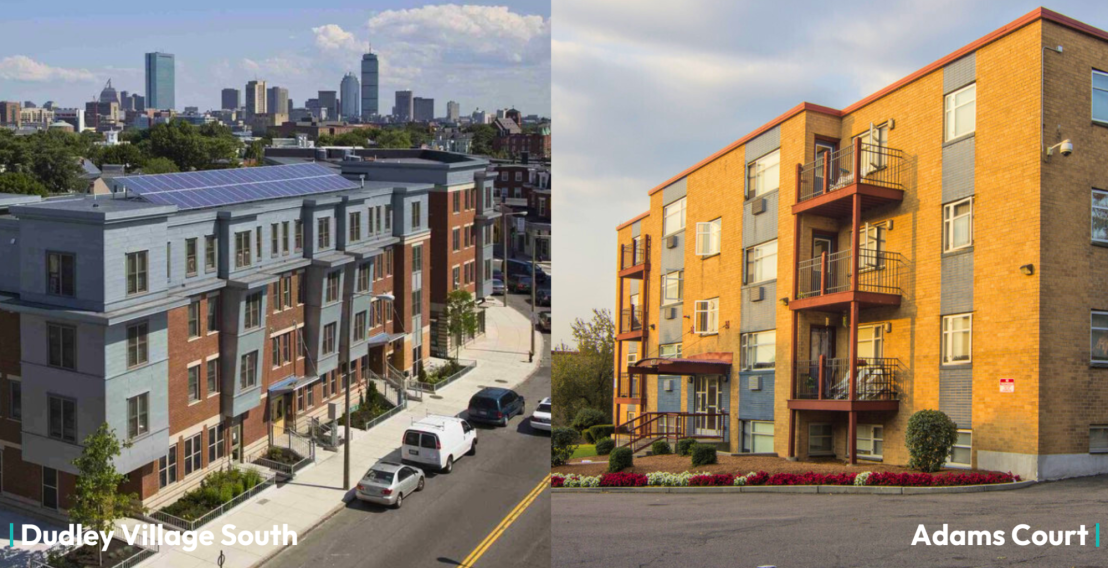
May 8, 2025
Hunt Capital Partners Transfers its Limited Partner Ownership Interest of Two Boston Affordable Housing Developments to Local Nonprofits
"Dorchester Bay Economic Development Corporation and Nuestra Comunidad Development Corporation are deeply rooted in the neighborhoods they serve and possess the insights necessary to ensure that these developments continue...
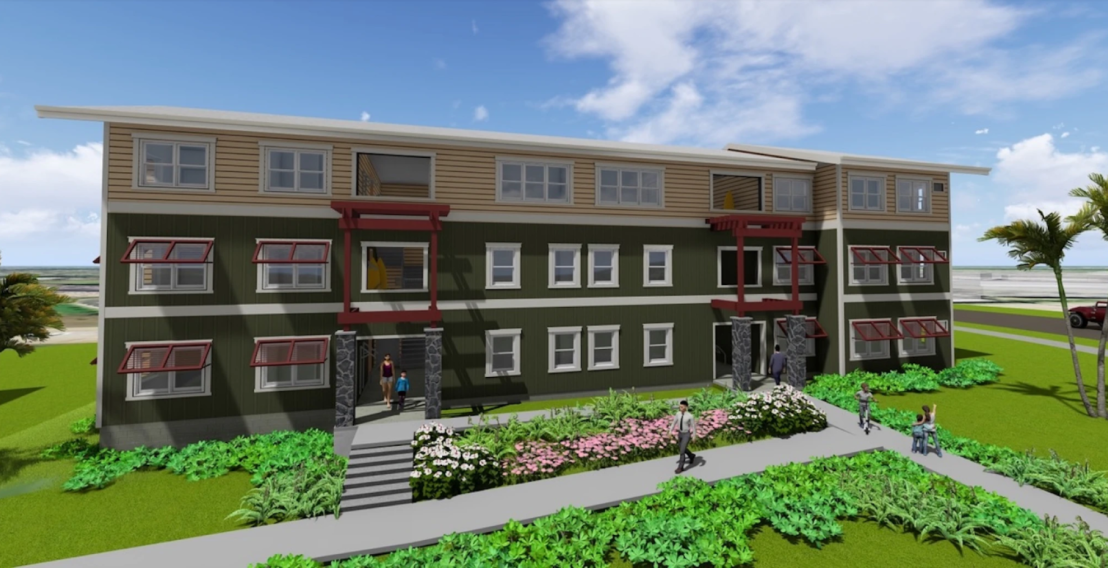
May 1, 2025
Aloha State Daily - Affordable rental project coming to Līhu‘e
Ground broke this week on Uahi Ridge. When complete, the first phase of the project will offer 96 affordable rental units for families earning at or below 60% of the area median income. The second phase of the project will...
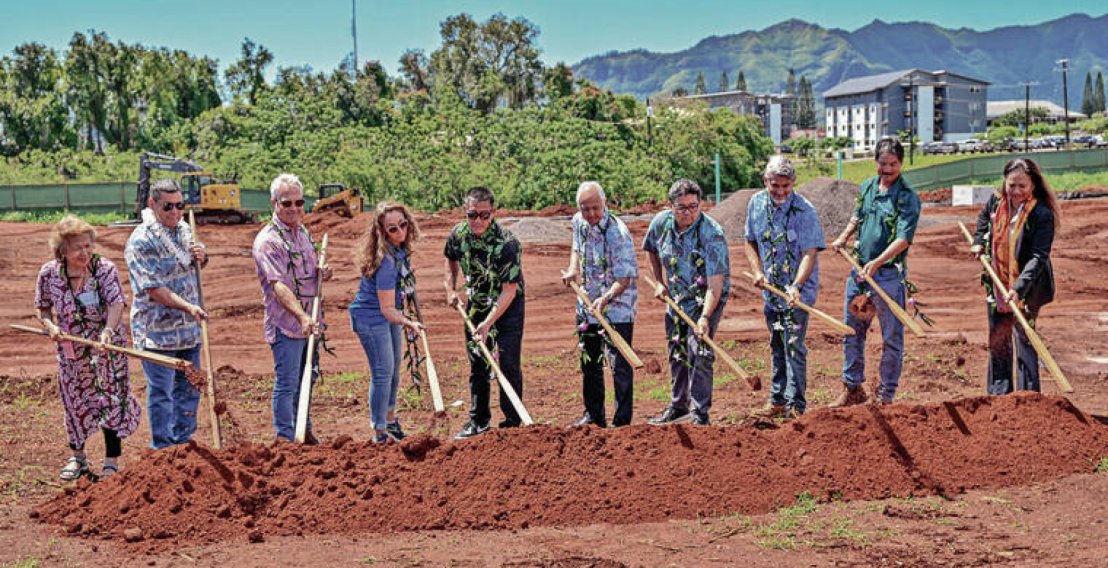
May 1, 2025
Honolulu Star Advertiser - Work begins on affordable housing project in Lihue
"Projects like this do not come easy," Minakami said. "It requires vision, resilience, commitment and patience."
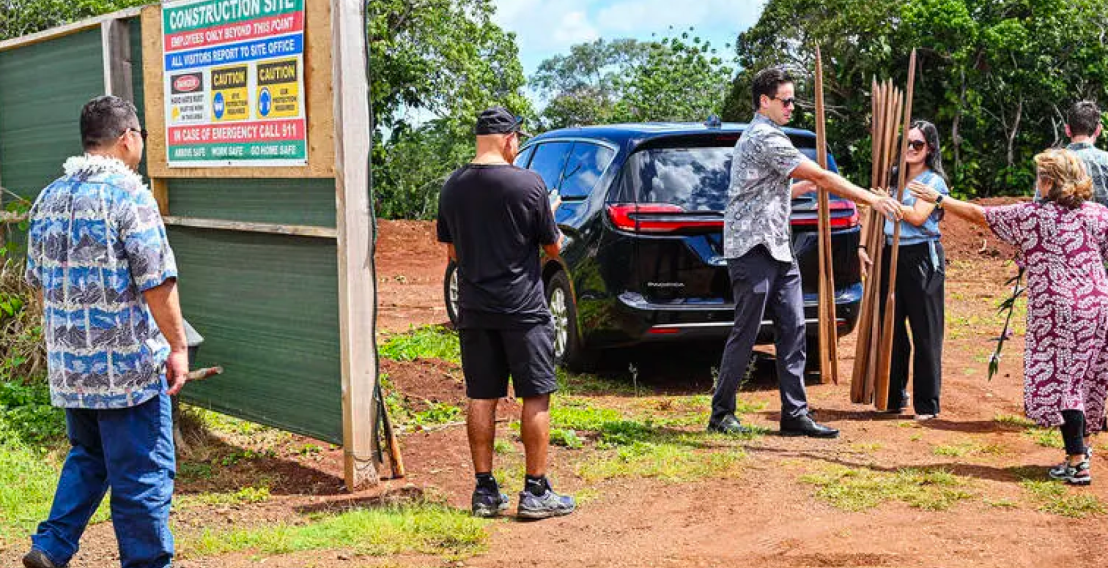
May 1, 2025
The Garden Island - Uahi Ridge breaks ground
Guests to the Tuesday, April 29, 2025, Uahi Ridge groundbreaking receive their oo, or digging sticks, at the gate to the groundbreaking in Lihue.
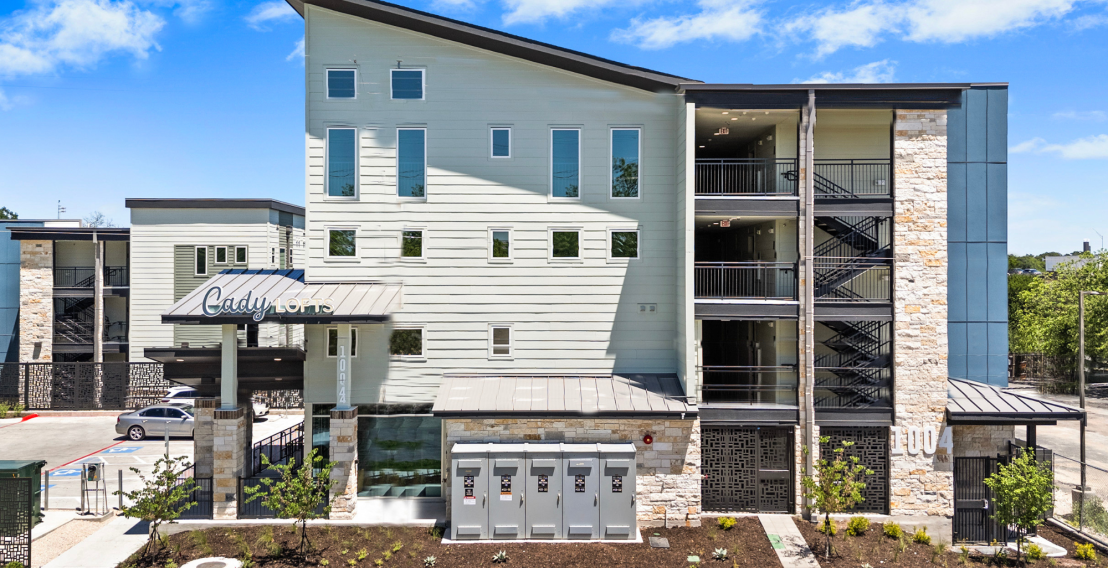
April 24, 2025
Hunt Capital Partners, SGI Ventures, and Austin Housing Authority Celebrate the Grand Opening of 100 Affordable Studio Homes for Austin’s Unhoused
Cady Lofts adds 100 studio homes, supported by project-based vouchers, which will assist in covering residents’ rents and utilities, helping to alleviate financial burdens and promote long-term stability for residents....
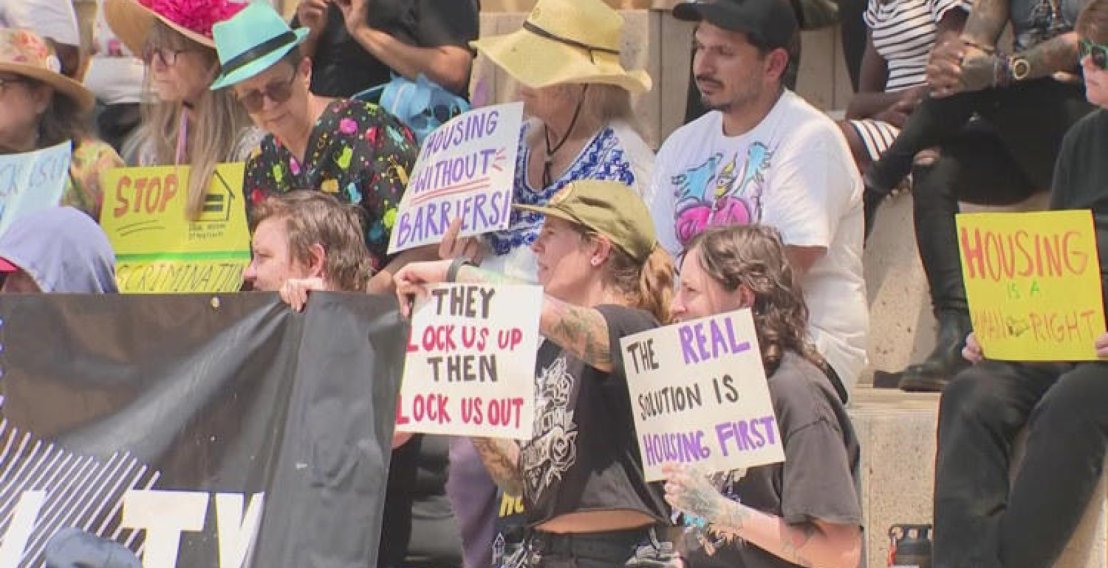
April 22, 2025
ABC News - People living on the streets say there's not enough housing | What Austin says it's doing to provide it
"The Cady Lofts development is one of multiple developments that we've opened over the last year and a half, and it's also not the last one," Gray said. "We have many more that are opening this year, next year and some that...
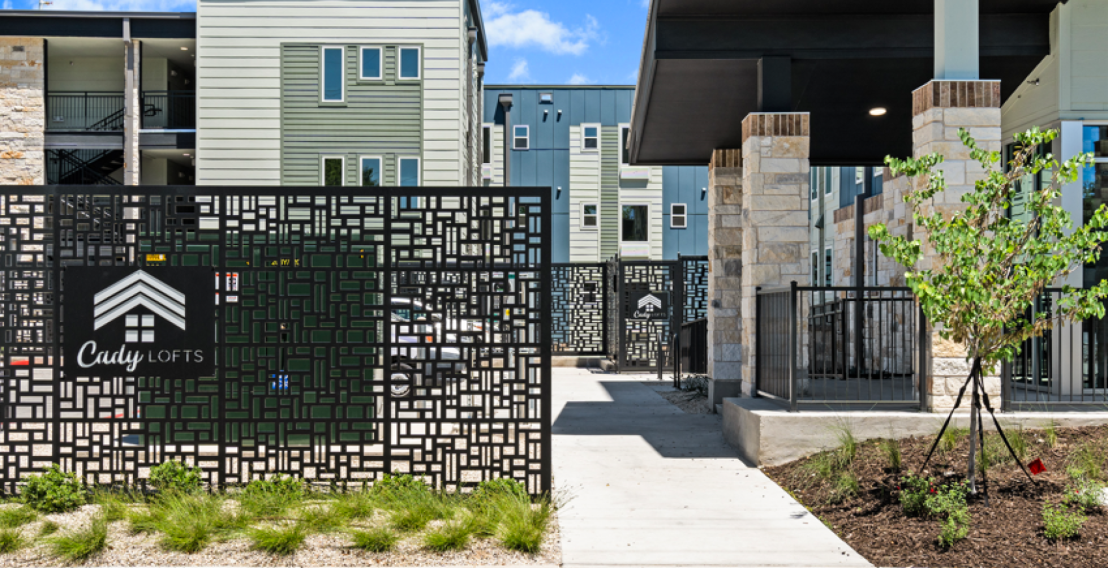
April 22, 2025
Fox 7 Good Day Austin - The Cady Lofts helping those in need
Individuals who are homeless or are overcoming disabilities are receiving support with the grand opening of The Cady Lofts. President of SGI Ventures Sally Gaskin and Homeless Strategy Officer with the City of Austin David...